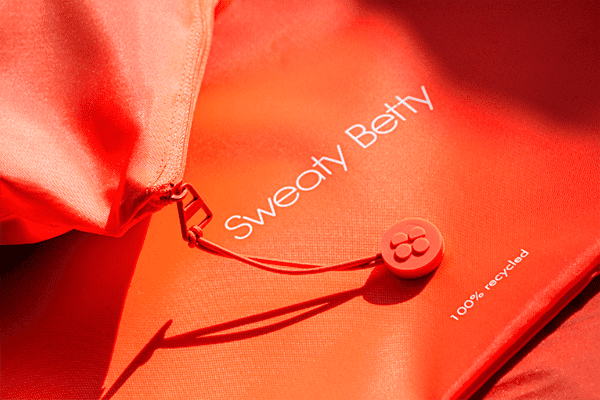Profits in the global fashion industry were down by 93% in 2020. The pandemic has certainly taken its toll, and in the luxury sector in particular, there are unimaginable challenges ahead. But there is a way forward.
Traditionally, the luxury industry has retained an exclusive and aspirational image. Its appeal has been to a select group of consumers who have the means and money to purchase and enjoy its products and services. And for the average customer, these were only to be seen in glossy magazines, on T.V. or on runways or red carpets.
But times have changed. With the growth of social media and ecommerce channels, access to luxury ready-to-wear items has increased. Consequently, the pool of potential customers is larger than ever before, which presents a significant opportunity for brands looking to claw back lost revenue.
But for today’s consumers, the allure of luxury fashion isn’t in the exclusivity or social media coverage. Rather, a purchase is motivated by more humane factors that can only be encouraged if a brand also adjusts its messages, proposition and means of communication to better align with the intrinsic needs and desires of its customers. And this is the way forward.
Going back to basics
Now, basic doesn’t always mean boring – just take Lululemons’ ability to turn the ordinary black legging into a stylish staple as an example. Instead, it’s an approach that brands must adopt in order to appeal to today’s customers, who just like businesses, have faced unprecedented change and difficulty in recent times.
A bounce back, therefore, is only possible if customer trust and confidence is regained. And this requires thought and consideration of their basic human needs, including feelings of support and being listened to, as well as being offered solutions that help them live better lives.
The first point at which this should be implemented is in a brand’s messaging. What is it that the brand is trying to get across to its consumers, and how is this responding to or supporting their needs? For instance, during the course of the pandemic, brands should have felt the concern of their customers, and then adjusted messages in order to keep them informed and reassured.
Understandably, this hasn’t been the most appropriate time for hard-selling products or services that do not fit the temporarily disrupted lifestyles. However, brands who have recognised the challenges, but refocused messages and offerings in order for them to fit, have been much better off.
For example, in order to reinforce the government’s stay at home message, sport and fitness brand, Gymshark, changed its social media handles to “Homeshark”, albeit knowing one of the key pillars of its business – gym supplies – would be affected by the message. Instead, it recognised the benefit this would have on its customers’ wellbeing, and proceeded with a new home workout campaign that helped keep the brand relevant. And we are all aware of Gymshark’s recent success.
Like everything that has taken place during the pandemic, this all happened online, proving that despite the extended physical distance between consumer and brand, it is still possible to remain human, personable and incredibly successful as a result.
But with online behaviors likely a permanent shift post-pandemic, ensuring a human experience via digital channels is only going to become more important. For luxury retailers in particular, where the unique in-store experience is often a key stage in the buying journey as customers are greeted and given a one-to-one, entirely personal and tailored shopping service, implementing a similar model online might seem a challenge.
For high lifetime value customers, virtual personal shopping assistants are already in place, offering exclusive access to new-in items and home delivery services via a personal driver who can bring the brand’s experience to the customer’s door. And while providing a similar service to first-time customers, or those who buy less often, may not be the most commercially viable solution, implementing change and personalisation through messages that can be automated, or even in packaging, is a suitable alternative.
For these remote purchases that cannot be hand delivered by a representative of the business, the packaging is often the first physical point of contact between the customer and brand. Therefore, a package which is personal and tailored to the customer can evoke similar emotions to the unique in-store experience. And if these emotions are favourable, which they will be if messages through the packaging have been executed well, this is likely to reflect positively on the product, service and in turn, the brand, encouraging repeat purchases and recommendations to friends, family and social media followers.
But how exactly can packaging be personalised? Well, there are a number of ways. For example, a brand can use scannable QR codes which take customers to a video message from the CEO or other sales representative, or perhaps to a piece of content which recommends ways the product can be styled or used. It could even be as simple as a handwritten note included inside, or one that is more generic, but has been designed to include the receiver’s name so it feels personal.
Whatever it may be, the purpose is the same – to make customers feel special, supported and not as though they have missed anything by not purchasing in-store. And this is how to win back customers, and bounce back spending in the luxury sector.









